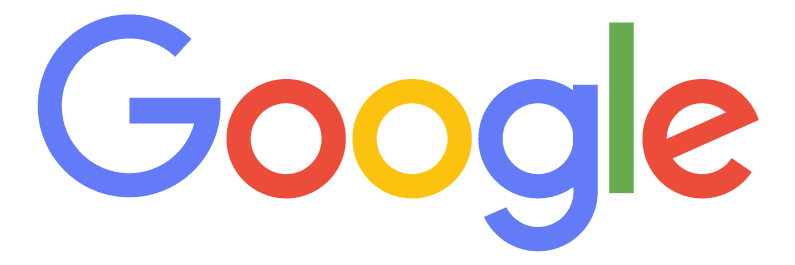Google is working harder to woo advertisers as the company faces stiffer competition from Amazon and Facebook. For example, Google rolled out responsive search ads and responsive display ads to make the advertising platform more flexible for brands. It is important that advertisers understand these features and how to maximize their value.
How Responsive Search and Display Ads Work
According to Google, responsive search ads make it possible for advertisers to enter multiple headlines (up to 15) and descriptions (up to four) when creating a search ad. Then Google Ads applies machine learning to automatically test different combinations and learn which combinations perform best. In addition, per Google, advertisers can add a third headline and second description to your text ads, and your descriptions can have up to 90 characters.
Responsive display ads work the same way, with advertisers submitting up to up to 15 images, five headlines, five descriptions, and five logos for a display ad. As with responsive search ads, Google uses machine learning to test different combinations and show the ads that work best. According to Google, “On average, advertisers see 10% more conversions at a similar CPA when using multiple headlines, descriptions, and images with responsive display ads (versus a single set of assets).”
What You Need to Know
Based on our experience with clients, I see some near-term ramifications:
- Your advertising will become more effective. These formats are exciting because they capitalize on machine learning to scale your advertising content. As Google notes, “Great display ads assist consumers using rich images and useful information. However, showing the most relevant and engaging ads across millions of sites and apps isn’t easy.” Responsive ads are a compelling solution.
- Organic content pays a price. By making ads more effective, Google will push organic listings down in search results.
- You need to invest more effort. Yes, Google does do the heavy lifting when it comes to executing on your ads. But to get the most out of this format, you’ll need to come up with more variants of your message and images. (That’s the point of responsive search and display: Google takes multiple inputs to give you optimal results.) In addition, you’ll want to monitor which assets are performing best, which takes time and effort (although Google provides tips for doing so on its blog).
What You Should Do
- Review your messaging strategy. Having more variants of your content presents an opportunity to review your messaging and differentiators. You obviously don’t want to create content willy-nilly. All your content should support your brand in some way.
- Learn. The Google blog links I’ve shared above contain a number of tips for maximizing the value of these ads. For instance, with responsive search ads, Google advises that you include at least one of your keywords in your headlines, and create headlines that are relevant to the keywords you’re targeting. Furthermore, provide as many distinct headlines as you can. Per Google, “More headlines gives Google Ads more options for assembling your messages into relevant ads, which may increase performance.”
At True Interactive, we’re working with clients to plan and execute advertising with these and many other tools. We’ll report our learnings on our blog. Watch for our posts, and contact us if you need help with your online advertising.
